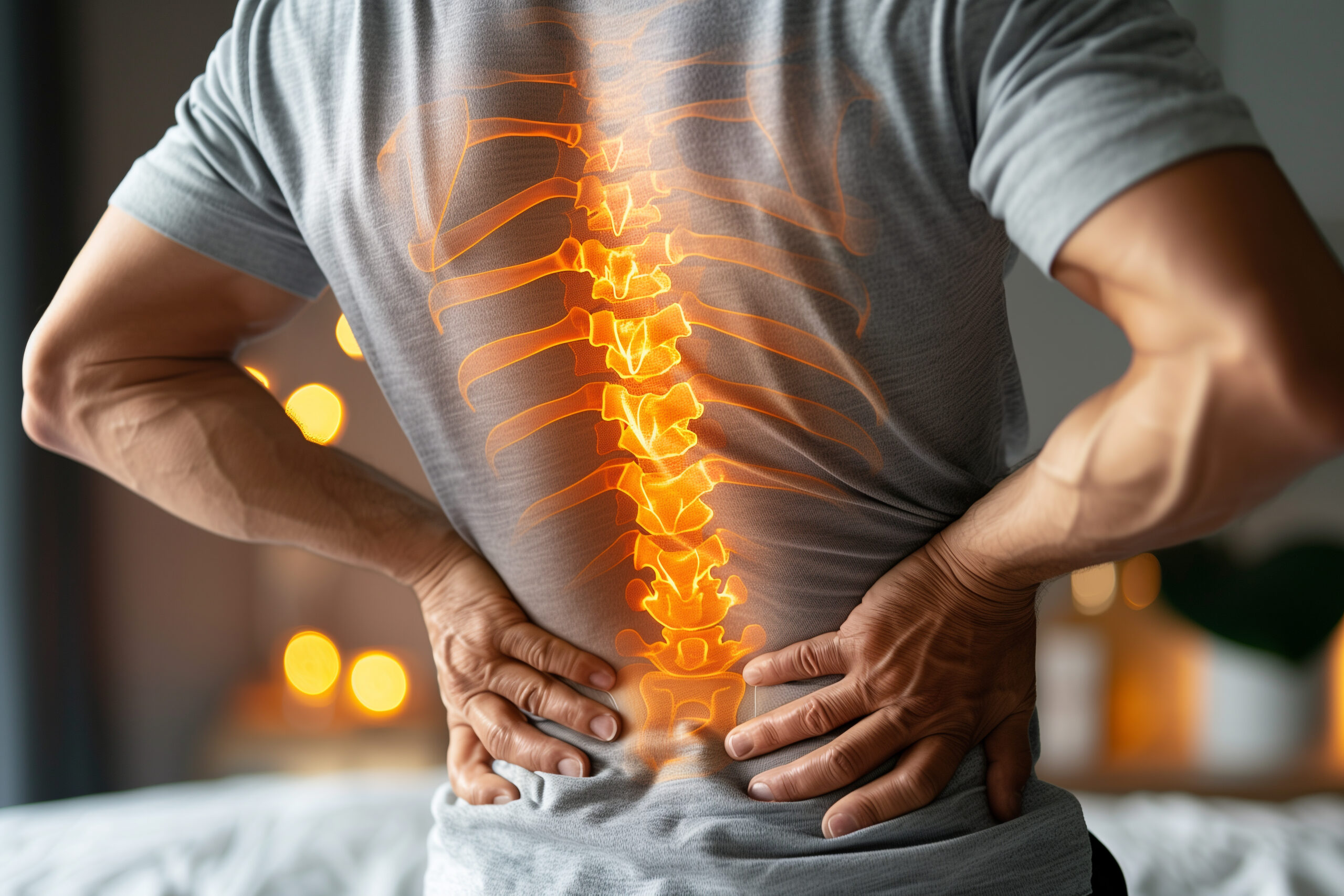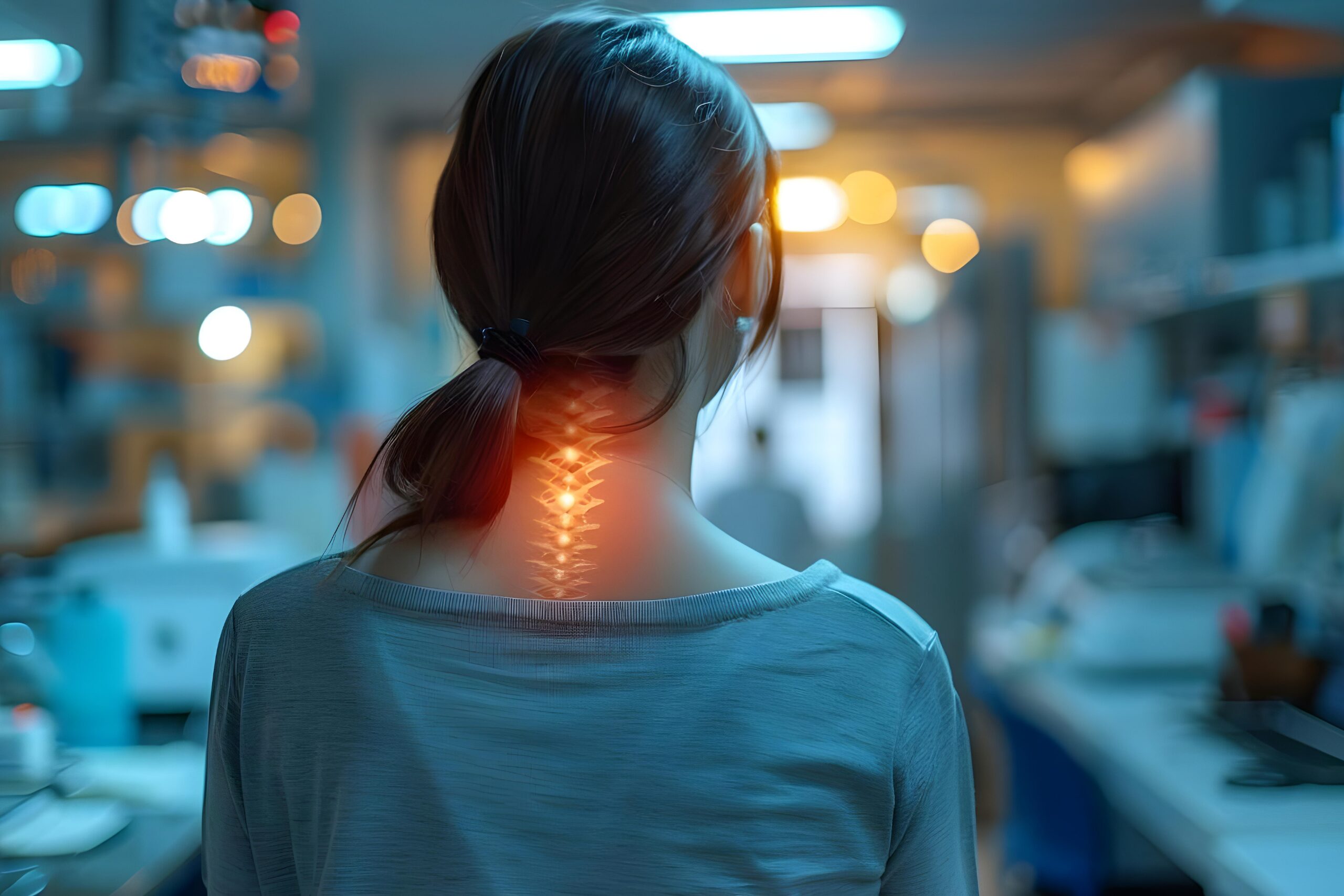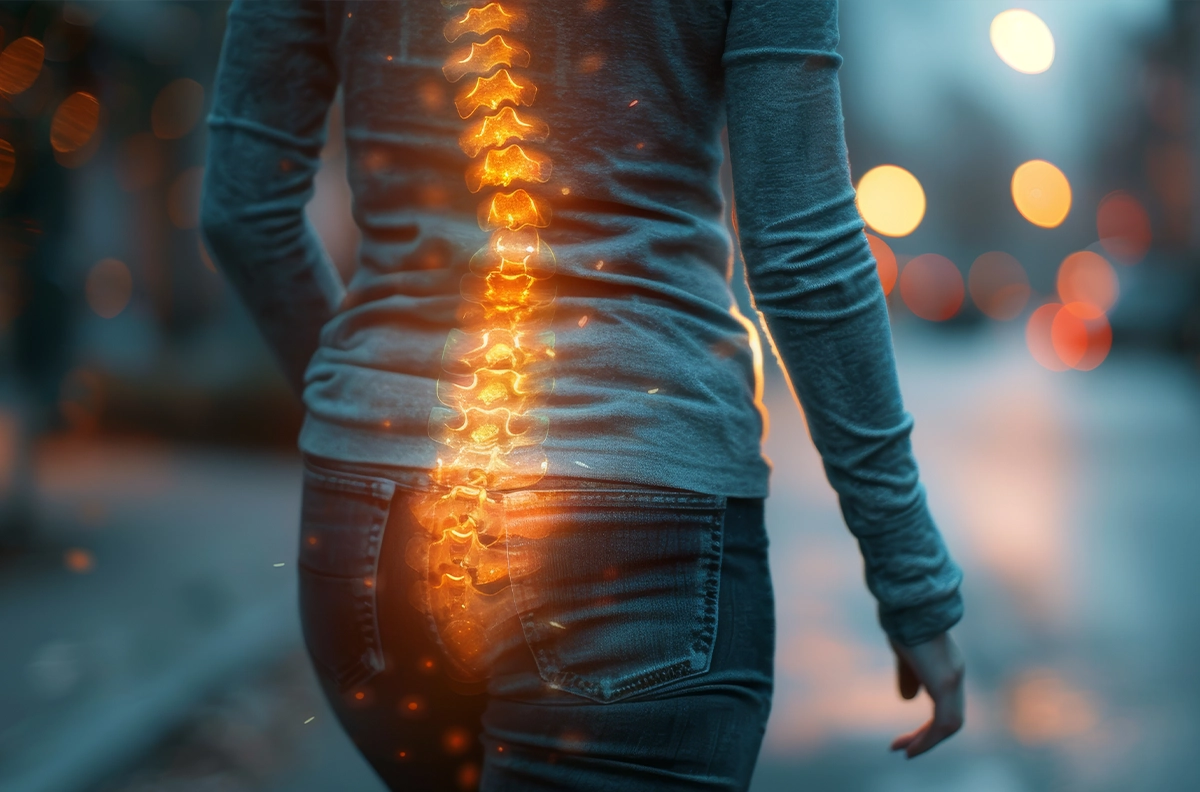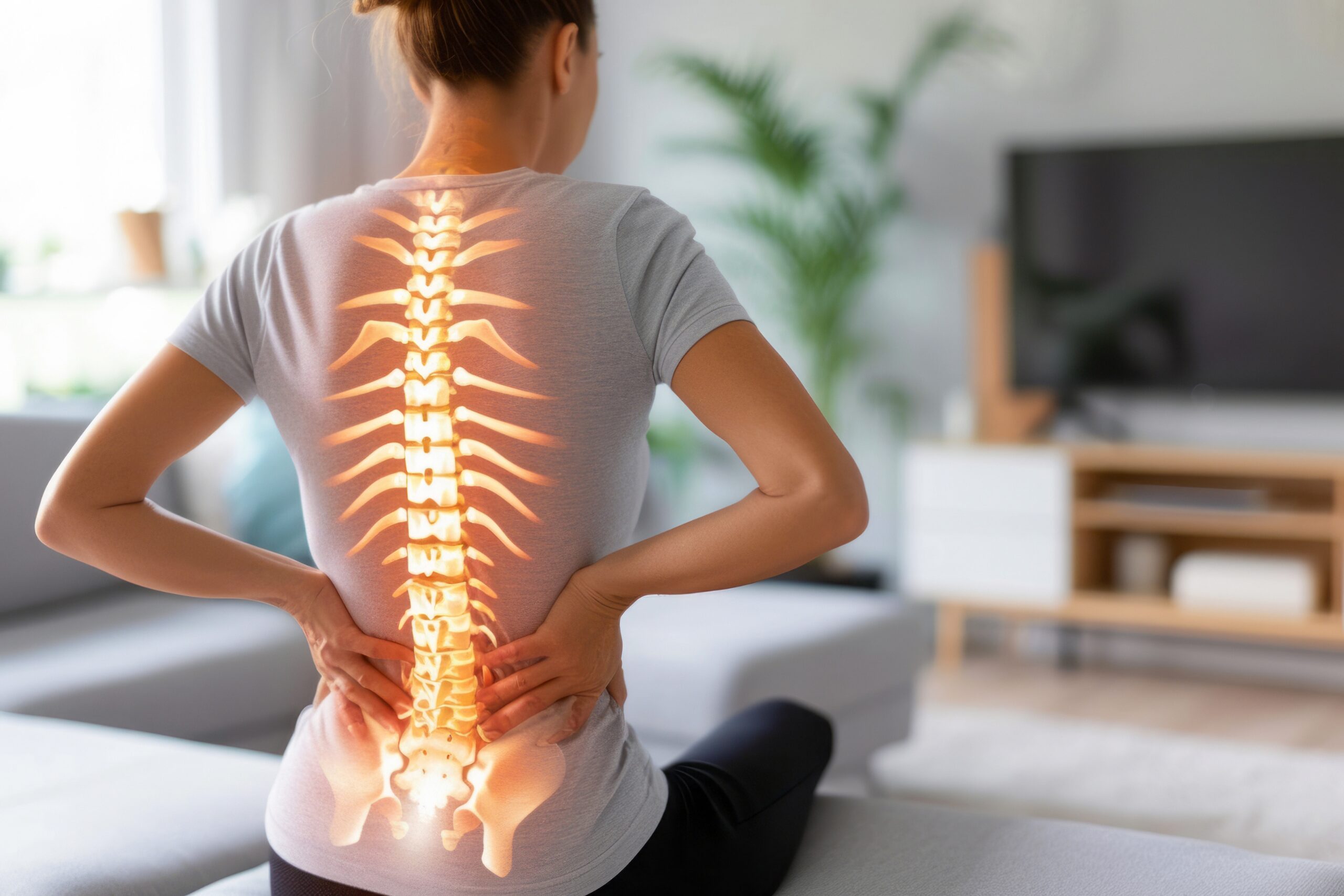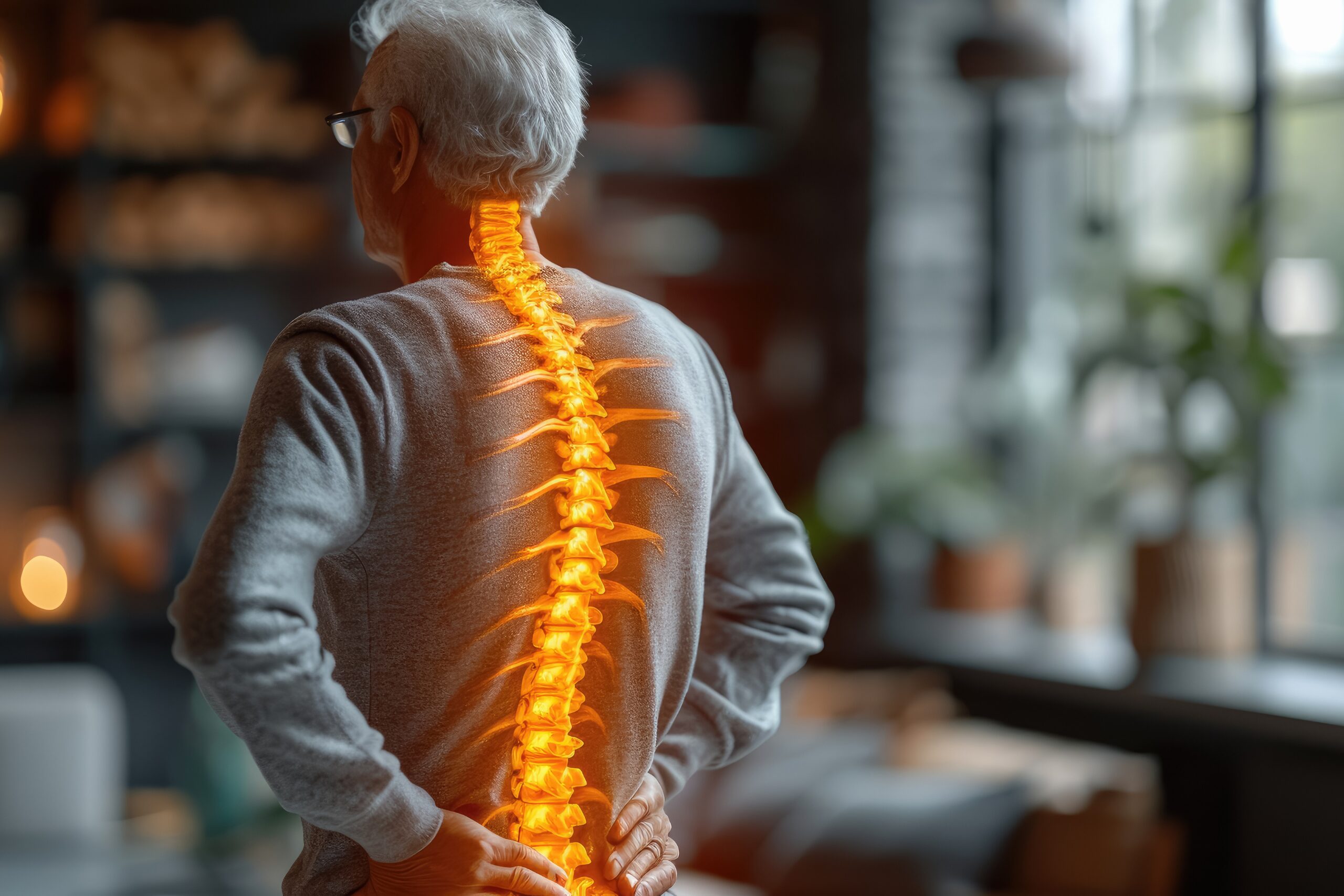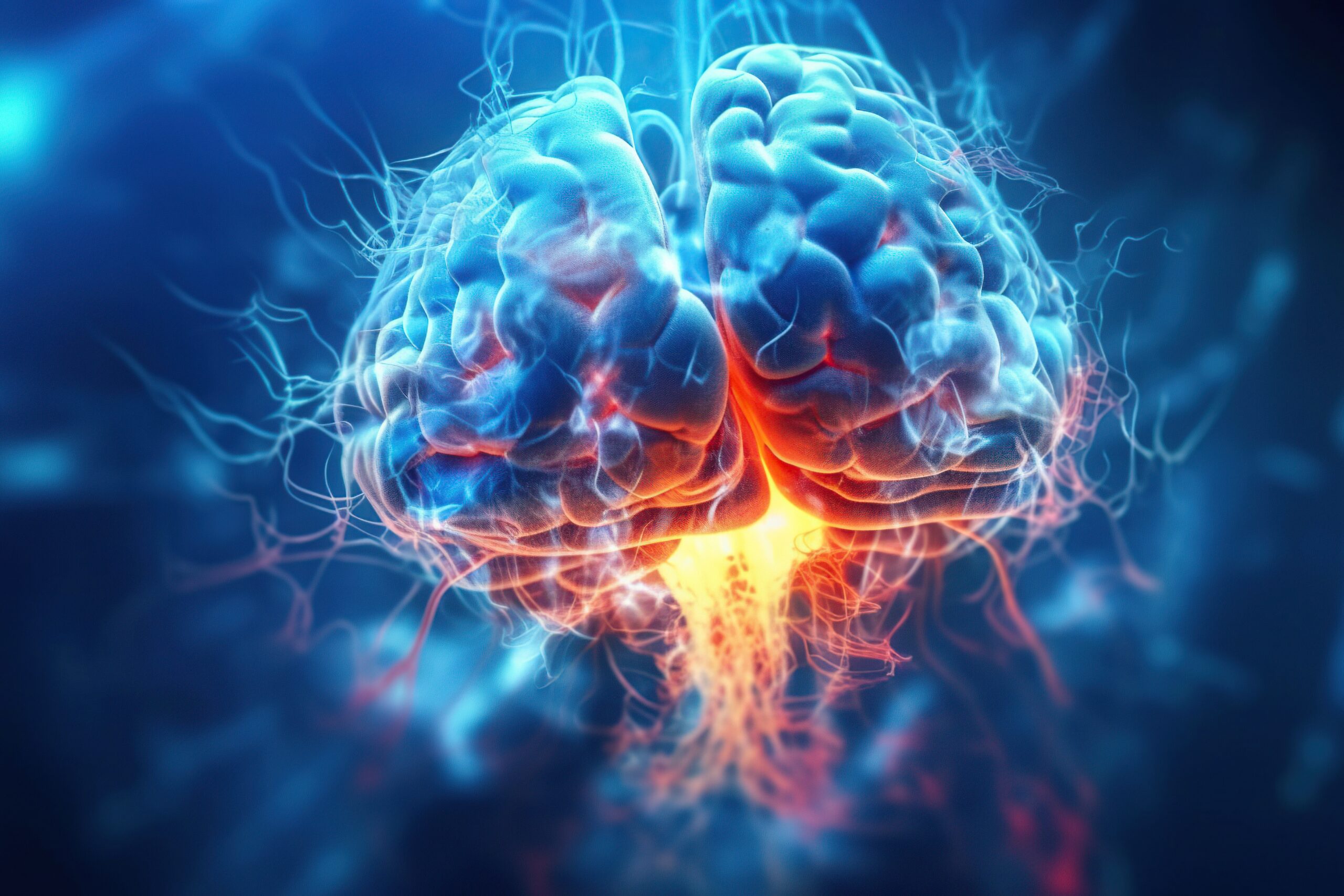Op. Dr. Tahsin SAYGI
What is slipped disc? Symptoms and Treatment Methods of Slipped Waist
The bones of the spine, which extend from the lower part of the neck to the coccyx, ensure that the human body stands in a balanced manner and protects the spinal cord. The bones that make up our spine are arranged on top of each other in an orderly manner in healthy individuals. Each of these bones is aligned with the bone before and after them. The structures called disc and facet joints between the vertebrae play a very important role in maintaining this regular alignment in the spine. These structures act as a cushion and bridge between the bones of the spine. Disruptions in the structure of the disc and facet joints between the vertebrae cause the alignment between the vertebrae to deteriorate. The misalignment occurs in the form of the upper vertebra sliding forwards or backwards. This condition is medically called ‘spondylolisthesis’ or ‘slipping’. If the slippage occurs in the lumbar part of the spine, this condition is called ‘lumbar spondylolisthesis’ or ‘lumbar slippage’. Due to the slippage, an uncontrolled movement occurs between the two vertebrae and this movement causes a number of complaints.
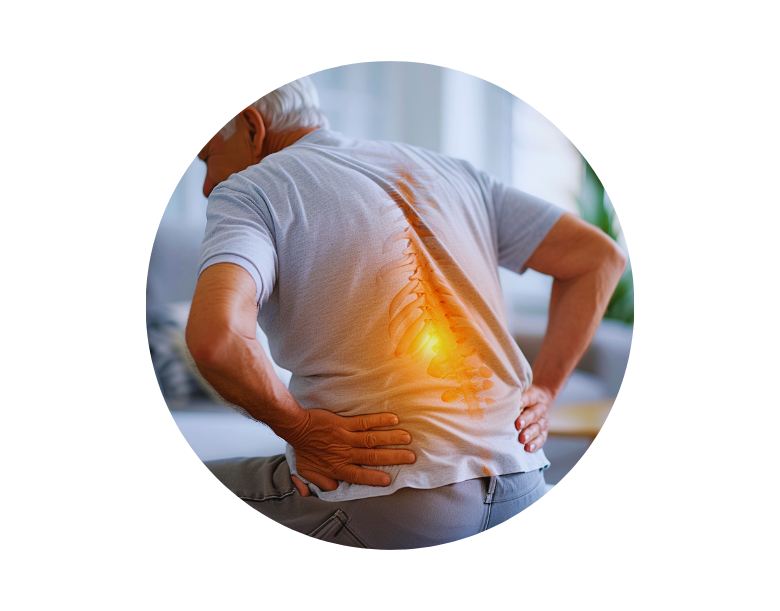
Diseases that can be confused with slipped back
As with most diseases, there are diseases that can be confused with slipped back. For example, spine or spinal cord tumours in the lower back, hip and knee joint problems, vascular occlusion in the legs, restless leg syndrome, rheumatic conditions, priformis syndrome, nerve compression in the leg, etc. can also cause pain similar to slipped back. All of these can usually be easily detected by a good physical and radiological examination.

Risks of Lumbar Slipped Back Surgery
As with any surgical procedure, lumbar spondylolisthesis surgery has potential risks. These risks include nerve/spinal cord damage due to nerve contact with the platinum, partial or bedridden paralysis, infection, bleeding, injury to internal organs or large vessels in the abdomen and death. One of the late-term risks in lumbar spondylolisthesis surgery is neighbouring segment disease. The platinated bones no longer move on each other and this causes unbalanced load transfer. Due to unbalanced load transfer, wear and herniation may occur in the adjacent disc. In this case, called adjacent segment disease, it may be necessary to screw in the adjacent vertebrae as a last resort and to remove the hernias and bones pressing on the nerves. Another risk that may occur in the late period after lumbar slip surgery is the fracture of the screws and platinum. In such cases, it may be necessary to operate again. These risks are extremely low probability risks. An experienced surgeon and modern surgical techniques significantly reduce these risks.
Recovery Process After Lumbar Slipped Back Surgery
- The recovery process after lumbar slip surgery varies individually. Patients are usually discharged after 3 days after surgery. During the recovery process, performing the waist exercises recommended by the doctor regularly accelerates recovery and helps the waist area to regain its former mobility. In the postoperative period, special attention should be paid to issues such as pain management, reducing the risk of infection and wound care. Most patients can return to their normal daily activities a few weeks after the operation, but full recovery and return to their former activity level may take several months.
When is lumbar slip surgery necessary?
- Surgery is generally recommended in the treatment of slipped discs when conservative (non-operative) treatments are unsuccessful or when the patient experiences severe loss of strength due to nerve compression and neurological problems such as urinary and bladder incontinence occur. The aim of the surgery is to relieve the compressed nerve root and reduce pain and other symptoms and to prevent involuntary movement by fixing the slipping bones.
Importance of Exercises and Walks in Lumbar Hernia
Exercises and regular walks are of great importance for people with slipped discs. Experts state that simple exercises that can be done at home and walking at a level that does not increase the pain can alleviate the symptoms of slipped disc. However, these exercises and walking programmes should be planned under the guidance of a neurosurgeon and physiotherapist in accordance with the individual’s condition.
Lifestyle changes for slipped back
Lifestyle changes are of great importance for the prevention and management of slipped discs. These include regular exercise, avoiding excess weight, learning correct lifting techniques and avoiding prolonged sitting. It is important to adopt a healthy posture, a lifestyle that supports the natural curves of the spine and reduces pressure. In addition, it is necessary to avoid all kinds of harmful substances entering the body (smoking, alcohol, drugs, detergents, bleach, cosmetics, etc.). It is also very important to eat a carbohydrate-poor diet, to avoid ready-made and packaged foods and to consume at least 2-2.5 litres of water.
Lumbar Slipped Waist Surgery Prices
Prices for slipped back surgery may vary depending on the level of fracture and slippage, the location of the hospital and the experience of the doctor. Patients are advised to contact the relevant health institutions to get detailed information about the cost and to evaluate the health insurance coverage. Surgery prices are not published openly in digital media due to professional ethical rules. Patients are charged for surgery according to the pricing list in the ‘Physician Practices Database’ prepared by the Turkish Medical Association. Thus, patients know the standards according to which the price offered to them is determined and have the opportunity to compare prices.
Slipped disc is a serious health problem that affects the lives of many people. It is possible to overcome this condition with developing medical techniques and correct treatment approaches. If you are experiencing symptoms of slipped back, it is important to consult a health professional for early diagnosis and appropriate treatment plan. Remember, health is your most valuable asset and it is important to be proactive to protect it. With a good treatment plan and regular follow-up, it is possible to overcome the problems caused by slipped back.
Lumbar Slipped Back Surgery and Afterwards
Patients should wear a corset for at least 6-8 weeks after surgery and start back exercises after 2 months. These exercises provide a smoother recovery in the postoperative period and prevent the reappearance of lumbar slippage symptoms.
Postoperative Recovery and Nutrition
Nutrition before and after surgery affects the healing process. Being over the ideal weight increases the load on the spine, prolongs the healing process and increases the risk of complications. Achieving a 5% weight loss before surgery reduces the risks. After surgery, balancing energy intake prevents weight gain and accelerates the healing process.
Healthy nutrition planning should be based on carbohydrate, protein, fat, mineral and vitamin requirements along with calorie regulation. To prevent weight gain after surgery, foods and beverages with high energy density should be avoided and healthy carbohydrate and protein sources should be preferred. It is also important to drink enough water.
Slipped disc is a serious health problem that occurs as a result of disturbances in the regular alignment of the spinal bones. Quality of life can be improved with early diagnosis and appropriate treatment methods. In this article, we have provided comprehensive information about what is slipped disc, its symptoms, types and treatment methods. For a healthy life, it is important that you do not neglect your regular check-ups and consult a specialist immediately when symptoms appear.

